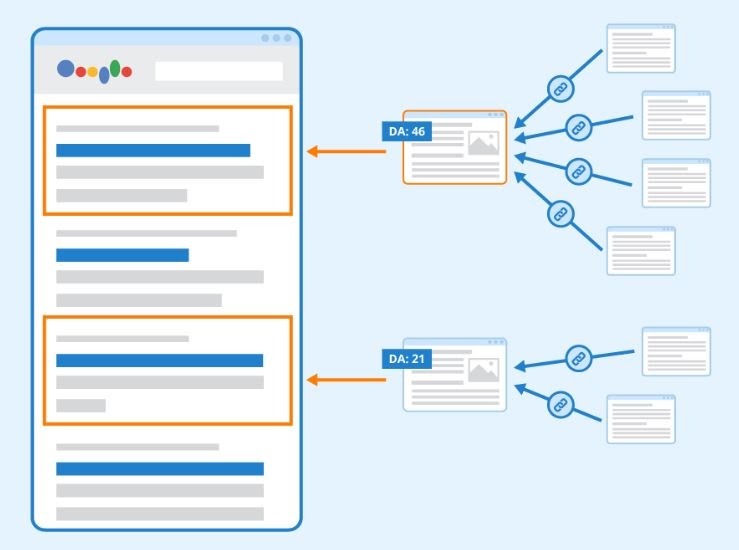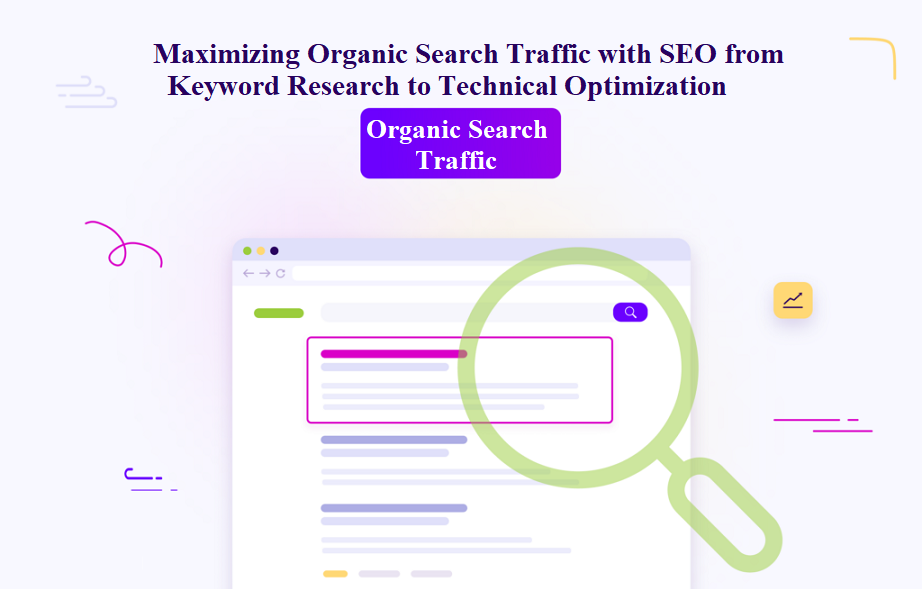-
Keyword Research
-
-
Understanding Your Audience
-
Keyword research starts with a deep knowledge of your target audience. This involves identifying their needs, preferences, and the specific terms they use when searching for information related to your offerings.
-
-
Tools and Techniques
-
Utilize various tools like Google Suggest, Google Search Console, and SEO platforms (e.g., Semrush) to gather data on relevant keywords. Focus on long-tail keywords, which are less competitive and often more aligned with user intent. Competitor analysis can reveal valuable keywords that you might target.
-
-
Organizing Keywords
-
Once you have a list of keywords, categorize them into groups based on relevance. This helps in creating targeted content that addresses specific queries without overlapping topics across multiple pages.
-
Content Optimization - Creating High-Quality Content
Content should be crafted not only for search engines but also for human readers. Relevant, informative and well-structured with headings and subheadings create interests among readers.
-
On-Page SEO Elements
-
- Title Tags: Include primary keywords.
- Meta Descriptions: Summarize the content effectively while incorporating keywords.
- Header Tags (H1-H6): Use these to organize content hierarchy.
- Image Alt Text: Describe images using relevant keywords.
-
Technical Optimization
-
-
Website Architecture
-
Ensure your website is easily crawlable by search engines. This involves optimizing URL structures, navigation systems, and internal linking strategies.
-
-
User Experience
-
Technical SEO also include user experience factors
-
-
- Fast loading times
- Mobile-friendliness
- Secure connections (HTTPS)
- Avoiding intrusive ads.
-
-
-
Structured Data
-
Implement structured data (schema markup) to help search engines understand your content better, which can enhance visibility in search results through rich snippets.
-
Planning Your SEO Strategy
-
- Setting clear goals
- Defining KPIs and metrics for success
- Establishing timelines and milestones
- Coordinating with stakeholders
- Selecting appropriate tools and technologies for implementation
- Monitoring and Refinement - SEO is an ongoing process
Regularly monitor keyword performance using tools like Position Tracking. Be prepared to refine your approach based on changes in search engine algorithms or shifts in user behavior.
Structured Data to Enhance my SEO
Structured data is a powerful tool in SEO that helps search engines understand the content of your website better, leading to improved visibility and click-through rates. You can significantly enhance your website's SEO performance and improve its visibility in search results.-
Creating Rich Snippets
Implementing structured data allows for the creation of rich snippets, which provide additional information in search results, such as star ratings, prices, and availability. This enhanced display can significantly increase click-through rates as users find more relevant information at a glance.
-
Improving Local SEO
For businesses with a physical presence, structured data is essential for local SEO. It helps search engines display crucial information like business hours, location, and contact details in local search results, making it easier for potential customers to find you.
-
Optimizing E-commerce Websites
E-commerce sites can benefit immensely from structured data through product markup. This allows detailed product information including price, availability, and reviews to appear directly in search results, attracting more clicks and potentially increasing sales.
-
Using Event Markup
If your website promotes events, implementing structured data for events can enhance visibility in search results by displaying key details such as date, location, and ticket availability. This makes it easier for users to find relevant events quickly.
-
Enhancing Article Visibility
Structured data can boost the visibility of articles and blog posts by displaying additional information like the headline, author name, and publication date in search results.
-
Implementing FAQ Schema
Using FAQ schema allows you to present common questions and answers directly in search results. This can enhance user experience by providing immediate answers to potential queries, thereby increasing your site's relevance.
-
Breadcrumb Navigation
Incorporating breadcrumb navigation using structured data improves both user experience and site indexing. It helps users understand their location within your site and aids search engines in crawling your pages more efficiently.


